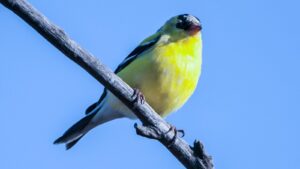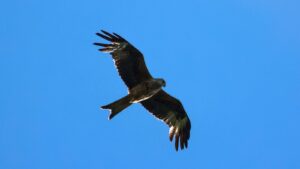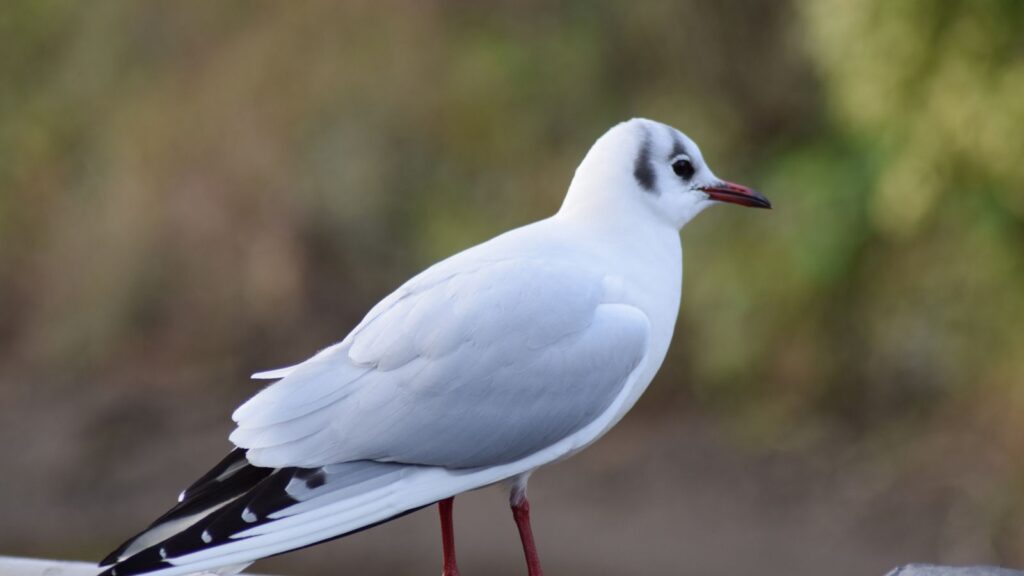Drawing:Ainneehcl7g= Bird

Colorful plumage often defines a bird’s beauty. Species like peacocks and scarlet macaws display iridescent feathers, enhancing their allure. These vibrant hues arise from pigments and structural coloration. Feather structure scatters light in a way that produces brilliant colors, especially in tropical birds.
Habitat and Distribution
 Beautiful birds adapt to a wide range of environments globally, thriving in diverse habitats. Their presence in specific regions showcases their ecological versatility and adaptability.
Beautiful birds adapt to a wide range of environments globally, thriving in diverse habitats. Their presence in specific regions showcases their ecological versatility and adaptability.
Tropical regions harbor some of the world’s most vibrant and diverse avian species. Rainforests in South America, Africa, and Southeast Asia host birds like the scarlet macaw and the toucan. These areas provide dense vegetation and abundant food sources, perfect for species requiring lush habitats. Birds in these regions often adapt to layers within forests, with some preferring the canopy while others dwell in understories.
Cities and countryside landscapes offer unique environments for many bird species. In urban settings, birds like pigeons and house sparrows adapt to high human activity and construct nests in buildings. Parks and gardens attract species such as robins and blackbirds due to available food and nesting spaces. Rural areas support a diverse range of birds, including kestrels and barn owls, benefiting from open fields and farmlands providing hunting grounds and nesting spots.
Conservation Efforts
Beautiful birds face many challenges in today’s rapidly changing world, which threatens their survival and the splendor they bring to natural settings.
 Several factors threaten these avian treasures. Habitat loss due to deforestation, urbanization, and agriculture significantly reduces their living spaces. Climate change affects migration patterns and food availability, disrupting ecosystems globally. Illegal wildlife trade also poses a severe threat, as poachers target species like parrots and toucans for their vibrant plumage. Pollution, including pesticides and plastic waste, further endangers bird populations by contaminating their habitats and food sources.
Several factors threaten these avian treasures. Habitat loss due to deforestation, urbanization, and agriculture significantly reduces their living spaces. Climate change affects migration patterns and food availability, disrupting ecosystems globally. Illegal wildlife trade also poses a severe threat, as poachers target species like parrots and toucans for their vibrant plumage. Pollution, including pesticides and plastic waste, further endangers bird populations by contaminating their habitats and food sources.
Efforts to protect beautiful birds include legal and grassroots initiatives. Establishing protected areas and nature reserves helps preserve critical habitats, ensuring safe breeding grounds. Governments and NGOs collaborate on legislation to curb poaching and restrict illegal trade, imposing stricter penalties for offenders. Community-driven conservation projects raise awareness and foster local involvement in protecting bird species. Technological advancements, such as tracking devices and drones, gather essential data for monitoring bird populations and understanding their behaviors.
Natural World
Beautiful birds captivate us with their vibrant colors and intricate behaviors, offering a glimpse into the wonders of the natural world. Their presence enriches diverse ecosystems and urban landscapes alike, reminding us of the intricate balance of nature. As they face increasing threats from human activities, it becomes imperative to support conservation efforts that protect these avian marvels. By valuing and preserving the beauty of birds, we not only safeguard their future but also enhance our own connection to the planet’s rich biodiversity. Through awareness and action, we can ensure that future generations continue to marvel at the splendor of these extraordinary creatures.
